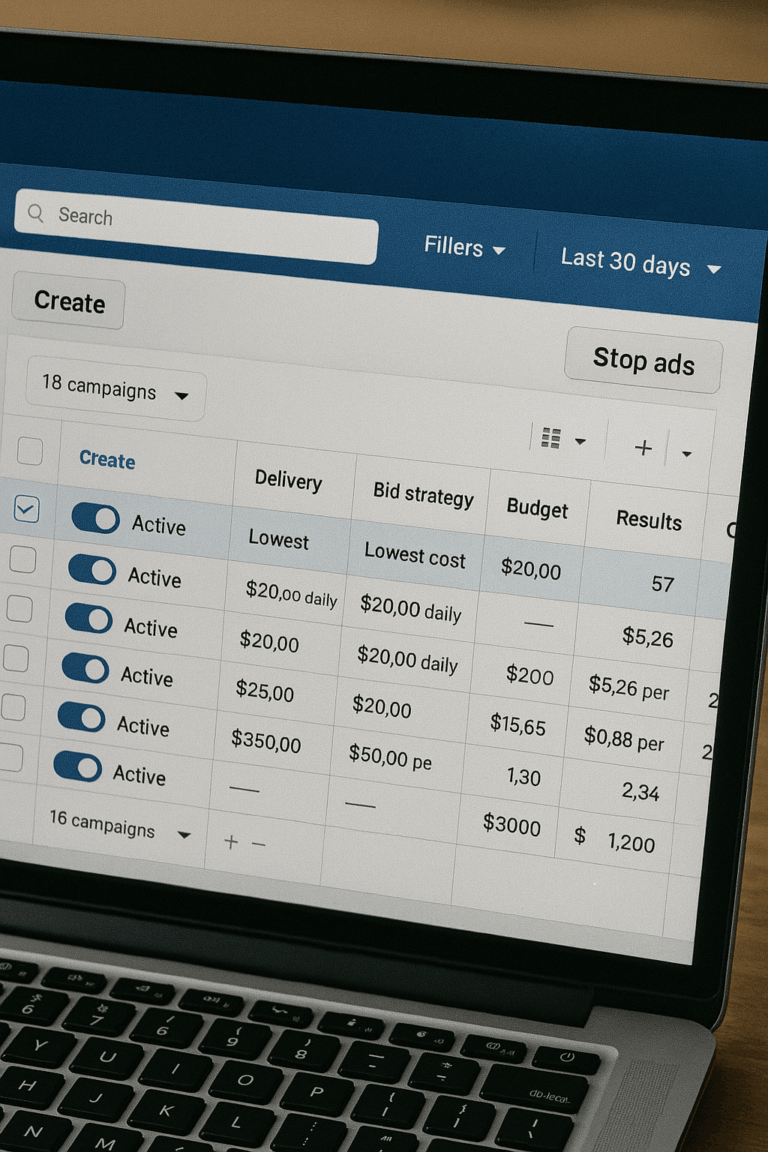Matched Market Testing: The Attribution Solution

Marketers are used to being told what “worked” by platforms. Google, Meta, Amazon — each one reports revenue tied to its ads, each eager to prove value. But platform attribution is not the same as causality. The real question is: did marketing spend actually create new revenue, or just take credit for sales that would have happened anyway?
Matched market testing (MMT), sometimes called geo testing, is one of the most reliable ways to answer that question. By designing structured experiments across different markets, marketers can separate correlation from causation and finally see the incremental lift of their campaigns.
What is matched market testing?
At its core, a matched market test is a causal inference technique. Rather than looking at clicks and impressions, it compares performance between two groups of markets that behave similarly over time.
-
Test markets: where a campaign or intervention is applied (for example, increasing TikTok spend by 30%).
-
Control markets: similar regions where spend or strategy remains unchanged.
By comparing the results of the test group against the control group, marketers can calculate incremental lift (the additional sales, conversions, or revenue directly caused by the marketing activity).
This isn’t just another A/B test. Unlike creative or landing page experiments, matched market testing runs at the geographic level and controls for external factors like seasonality, competitor activity, or macroeconomic shifts.
Why marketers use matched market tests
Marketers lean on matched market testing because it provides clarity where attribution models fall short. A few benefits:
-
Causal attribution: Pinpoints the true incremental impact of a channel or tactic rather than just tracking activity.
-
Media mix optimization: Reveals which tactics drive incremental revenue versus those that cannibalize organic demand or reach a point of diminishing returns.
-
Budget allocation: Guides smarter ad spend decisions by showing where investments scale profitably.
-
Valuable insights for executives: Gives CFOs and CMOs confidence in marketing performance, framed in terms of incremental business outcomes, not platform opinion.
How matched market testing works
A strong matched market test follows a clear sequence:
-
Define the goal: Be specific about what you want to measure (e.g., incremental revenue from Branded Search).
-
Select matched markets: Use historical data to pair different markets with similar trends. The closer the pre-test correlation, the stronger the test.
-
Run the experiment: Increase, pause, or shift spend in your test markets while holding controls steady.
-
Measure incremental impact: Compare sales or conversions between test and control markets. The difference is your lift.
-
Act on insights: Use the results to refine your marketing strategy and guide future media plans.
For statistical purposes, test windows usually run 4–12 week, depending on the tactic and channel as well as whether you’re doing growth or holdout testing. Shorter tests work for lower-funnel tactics like search; upper-funnel campaigns like video often need longer windows to capture delayed effects.
Case example: testing paid search
Imagine a brand that spends heavily on branded search. Attribution models show strong ROI, but leadership wonders: are those ads incremental, or just capturing customers who would have converted anyway?
The team runs a matched market test. In select test markets, they pause branded search entirely. In control markets, spend continues as usual. After eight weeks, both sets of markets see similar conversion rates, with no meaningful decline in the test group.
The insight is clear: branded search contributed little incremental value. That budget can now be reallocated toward channels with proven lift.
Retail media and omnichannel lift
One of the most powerful applications of MMT is in retail media and marketplace ads. These environments make marketing measurement notoriously difficult — platforms like Amazon often obscure customer data, delay reporting, and make incrementality testing hard to assess.
With matched market testing, brands can go beyond platform dashboards. For example:
-
Retail-focused testing: Run a retail media campaign in test markets and compare retail sales against control markets to measure lift.
-
Omnichannel halo testing: Run DTC ad campaigns in test markets and measure not just DTC conversions, but also spillover into retail or marketplace sales. This reveals the halo effect — when DTC ad spend drives unexpected Amazon or retail lift.
Without geo experiments like these, brands risk underinvesting in upper-funnel marketing that silently fuels retail growth.
Common pitfalls to avoid
-
Too short a test window: Small samples can produce misleading results.
-
Poorly matched markets: If the control market trends differently from the test market, results won’t hold.
-
External factors ignored: Promotions, seasonality, and competitor campaigns can distort outcomes.
-
Testing for the sake of testing: Every MMT should tie back to a specific business decision.
When set up rigorously, matched market testing cuts through noise and delivers results you can trust.
How matched market testing fits into modern measurement
Matched market tests aren’t a silver bullet, but they’re a critical piece of a modern marketing measurement stack.
-
Attribution models: Useful for quick feedback and optimization within platforms, but prone to double counting.
-
Matched market testing: The experimental gold standard for isolating causal lift at the channel or tactic level.
-
Marketing mix modeling (MMM): Uses years of data to measure the long-term effect of marketing efforts and external factors across the full mix.
Together, attribution paired with matched market testing and media mix modeling give marketers a way to balance short-term agility with long-term accuracy.
For marketers serious about proving impact, matched market testing is one of the most reliable experiments available. By pairing test and control markets, you can move beyond guesswork, identify where campaigns truly drive incremental revenue, and make informed decisions about budget allocation.
In a world where platforms grade their own homework, geo experiments like matched market testing give you the closest thing to business truth.
Our Editorial Standards
Reviewed for Accuracy
Every piece is fact-checked for precision.
Up-to-Date Research
We reflect the latest trends and insights.
Credible References
Backed by trusted industry sources.
Actionable & Insight-Driven
Strategic takeaways for real results.

















